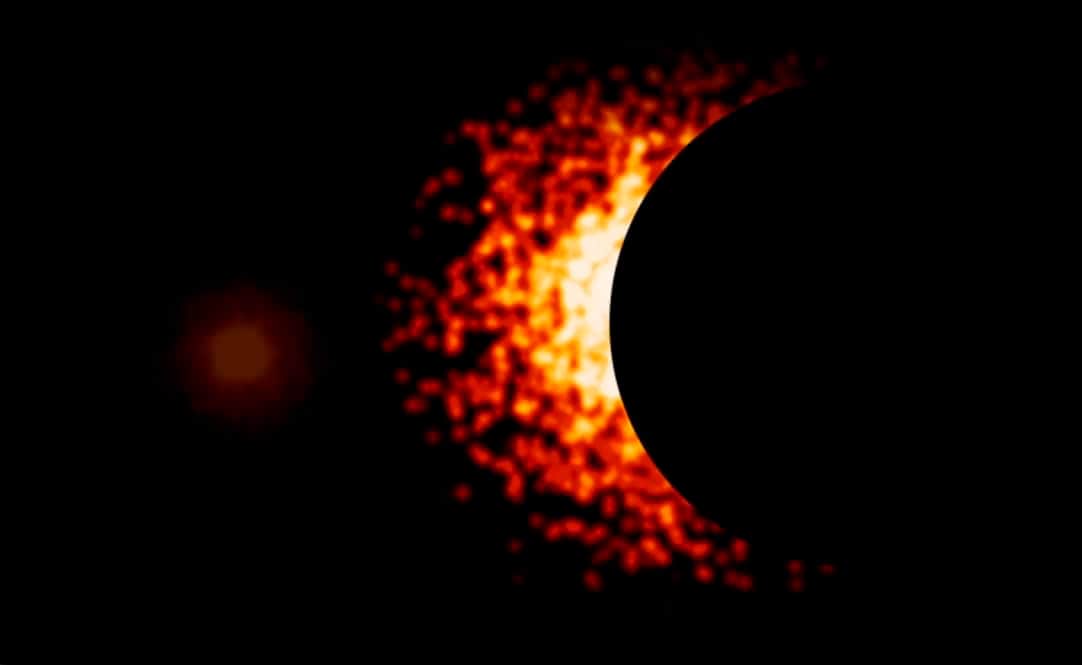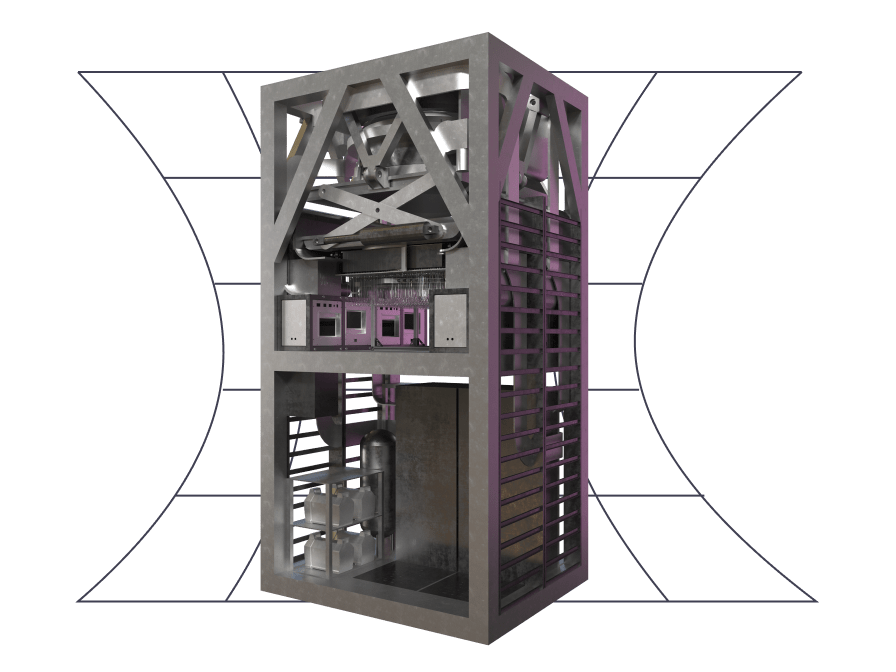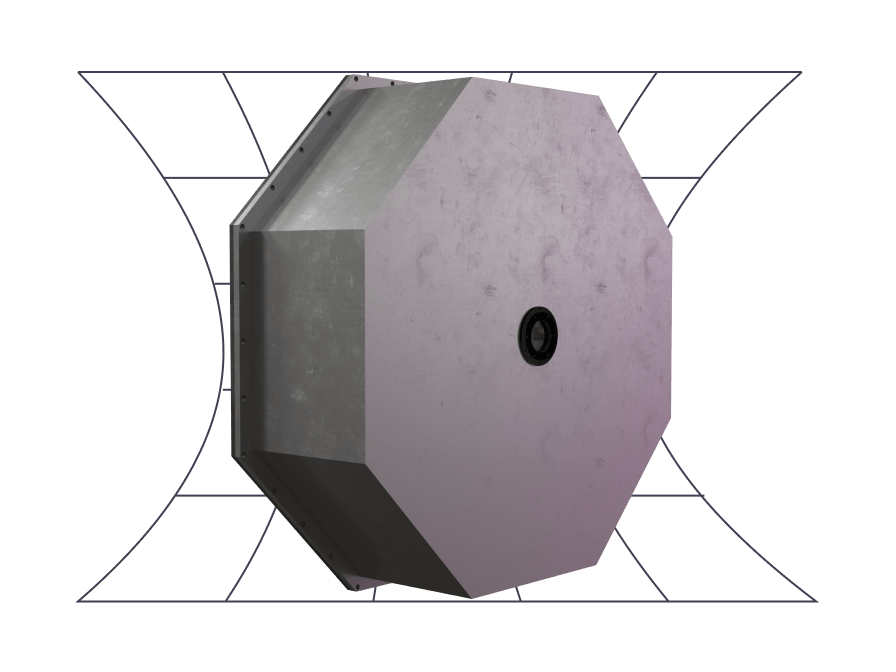
Exoplanet Science

The physics of star formation is central to understanding the formation and life cycle of galaxies, stars, and planets.
Star formation and the GMT
High-resolution star formation imaging
Protostellar assembly

Properties of the youngest stars
Measuring stellar masses

Substellar objects
NEW OPPORTUNITIES
The GMT will provide new insights across all stages of the star formation process, starting from the large-scale structure and kinematics of collapsing molecular clouds, onward to the assembly of new stars at the center of individual protostellar cores, and ending with the sizes and ages of the newly-formed stars that will indicate the mass-dependence and time-evolution of star formation physics.
The GMT will transform our ability to study the least massive stars and even the faint, substellar objects that fail to sustain fusion and become stars. Near-infrared instruments on the GMT (namely GMTNIRS and GMTIFS) will be needed to push observations to the earliest stages of stellar evolution, where stars are more embedded and difficult to study, and to the very lowest masses.

is a high-resolution spectrograph that will make crucial and decisive measurements of the nature of Earth-sized planets. G-CLEF will make precision (10 cm/s) measurements of radial velocity that will revolutionize the study of Earth-like worlds through the determination of mass and density – a powerful diagnostic that will indicate composition from heavy, hard rock to airy ice worlds.
G-CLEF will be able to measure the spectral lines of molecular oxygen (O2) in exoplanet atmospheres because of its high spectral resolution at optical wavelengths.

is a near-infrared imager and integral-field spectrograph, meaning that it will not only have the ability to take detailed images of the sky, but also obtain spectra from across a continuous region of the field of view.
GMTIFS will spatially resolve structures in the bipolar outflows from young stars and detect molecular emission from the surfaces of their circumstellar disks, making it a powerful tool in understanding star formation physics.
